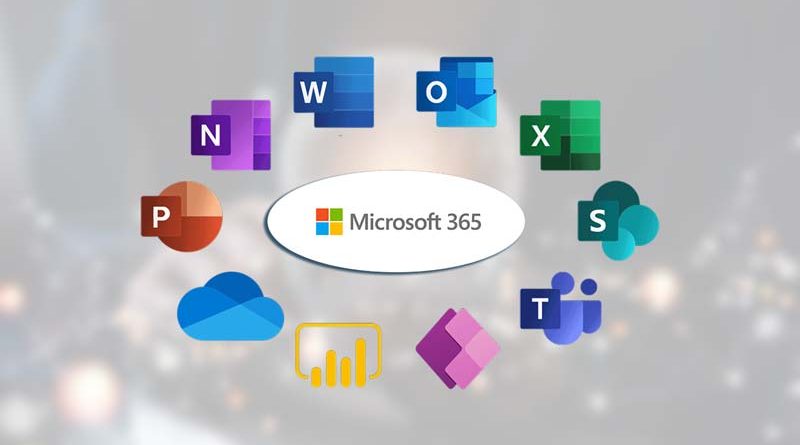Committed vs. Uncommitted Microsoft 365 Licenses
You’ve probably heard of the different Microsoft 365 plans, which include Business Basic, Business Standard and Business Premium.
We’ve previously discussed why we recommend Business Premium to our clients.
In addition to these different plans, Microsoft also offers committed and uncommitted plans for each license.
We’ll discuss the differences between the two plans and why your organization might choose one over the other.
Committed and Uncommitted Plans
Committed plans
- Require a commitment of at least one year
- Can only remove users or downgrade licenses at renewal date (once per year); can add users or upgrade license anytime
- Can be billed annually or monthly
- Cost less than an uncommitted plan
Uncommitted plans
- Do not require an annual commitment
- Can add or remove users and upgrade or downgrade licenses anytime
- Are billed monthly
- Cost more than a committed plan
Committed plan cost | Uncommitted plan cost | |
Business Basic | $6/user/month | $7.20/user/month |
Apps for Business | $8.25/user/month | $9.90/user/month |
Business Standard | $12.50/user/month | $15/user/month |
Business Premium | $22/user/month | $26.40/user/month |
Committed and uncommitted plans can be mixed and matched, so you aren’t required to pick one or the other.
To put this in perspective, let’s say you wanted Business Premium licenses for 10 employees. If you went with a committed plan, Business Premium is $22 per user, per month, which means you would pay $2,640 per year, either billed annually or monthly ($220).
With the committed plan, you would have to pay for those 10 licenses regardless of how many employees are using them. So, if two employees leave, you are still paying for 10 licenses.
However, if you wanted an uncommitted plan for Business Premium, which costs $26.40 per user, per month, you would pay $3,168 per year for 10 employees, but you would be billed monthly ($264).
If two employees leave, you can remove their licenses and reduce your costs.
Committed and uncommitted plans can be mixed and matched, so you aren’t required to pick one or the other.
What’s the Breakeven Point?
If you use an uncommitted license for 10 months, you will have paid the same as a committed license for 12 months.
At 10 months, both plans cost the same. So, if you plan to use the license for more than 10 months, the more cost-effective option is the committed license. But if you plan to use the license for less than 10 months, then the uncommitted plan would be the most cost-effective option.
With the uncommitted plan, you are paying extra for the flexibility of adding, removing, upgrading or downgrading your licenses.
Why Would You Use Each Plan?
The reasons for selecting a committed plan are pretty straightforward: If you have a relatively stable employee count and they need to use Microsoft 365 all year, then committing for the full year is your best option.
Even if you have an employee or two leave, you can transfer those licenses to the new employees so you aren’t paying for unused licenses. If you anticipate a hiring surge in the future, you can add users anytime without paying for the higher-cost uncommitted plan.
An uncommitted plan might make sense for your organization if you hire several seasonal employees or offer contract work.
Let’s say you hire 20 employees for nine months, and you need 20 Business Premium licenses.
- For a committed plan, you would pay $5,280 for the year (20 employees * $22/month * 12 months)
- For an uncommitted plan, you would pay $4,752 for the nine months (20 employees * $26.40/month * 9 months)
Even though you’re paying more per month with the uncommitted plan, you save $528 because you can remove those licenses after nine months rather than wait until your renewal date.
As stated earlier, you can mix and match your committed and uncommitted plans. So, if you have 50 year-round employees and 20 seasonal employees, you can purchase 50 committed licenses and 20 uncommitted licenses.
Most organizations probably will stick with committed plans due to the discount for paying for an entire year.
However, if you have staffing needs that change frequently or need the flexibility to add or remove users, it might make more sense for you to look into uncommitted plans.
Microsoft 365 Licenses
Want to learn more about Microsoft 365 committed and uncommitted plans? Contact us here to see how we can keep your business running smoothly while increasing productivity, security and profitability.
Did you like this blog? You can subscribe to our newsletter to receive a weekly email with our latest blog posts.











